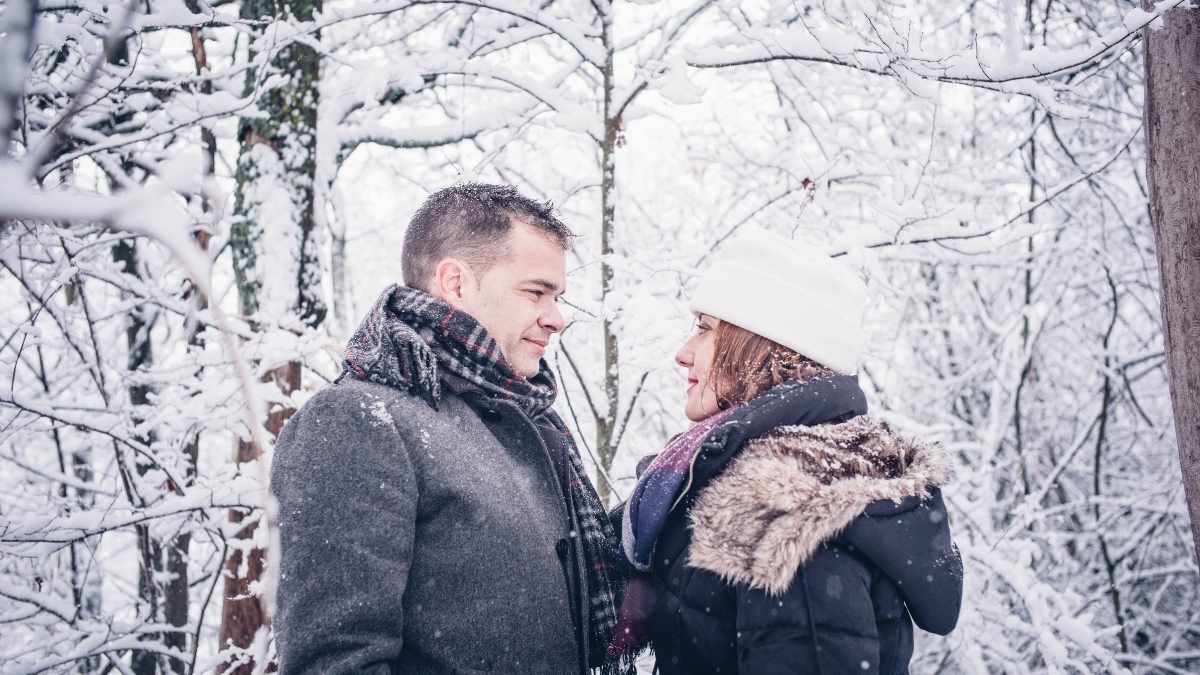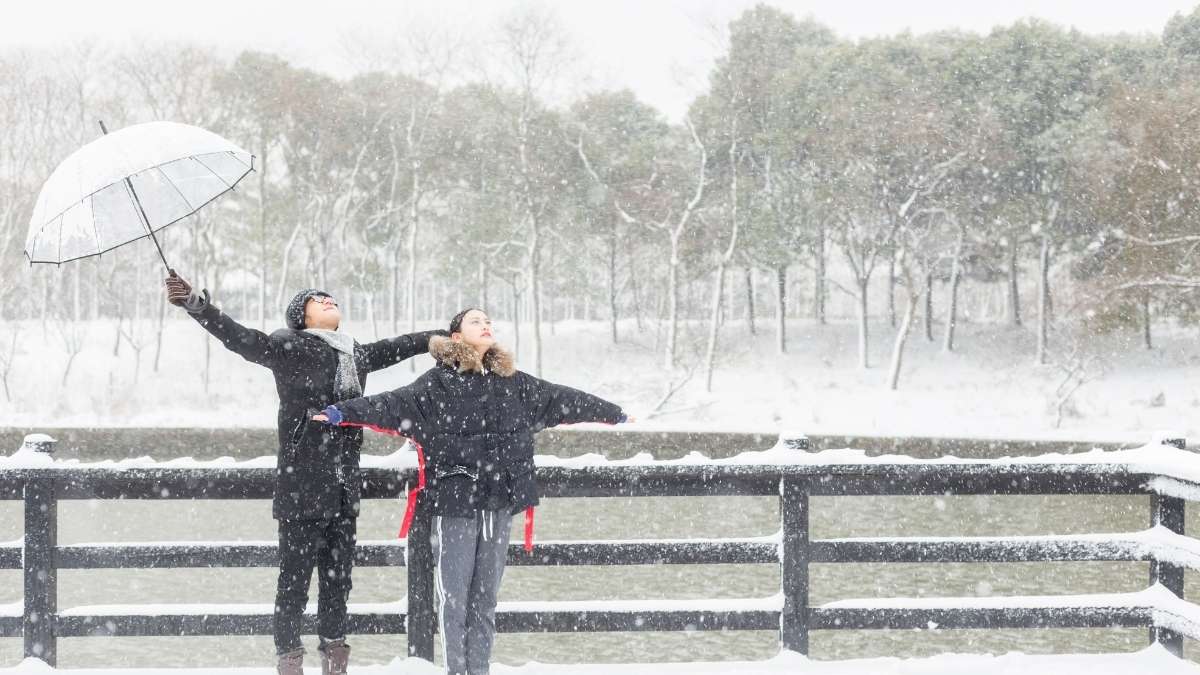Get ready to explore fascinating snowfall trivia that brings the magic of winter right to you!
From record-breaking snowfalls to unique winter facts, these questions will spark excitement and curiosity as you uncover the wonders of snow.
Perfect for cozy nights or holiday gatherings, snowfall trivia is here to add some frosty fun to your day!
Best Snowfall Trivia Questions
#1. What is the scientific term for the fear of snow?
Chionophobia.
#2. Which U.S. state is known for having the highest average annual snowfall?
Vermont.
#3. What unique phenomenon occurs when snowflakes fall through extremely cold air, creating a sparkling effect?
Diamond dust.
#4. What is the largest recorded single-day snowfall in U.S. history, and where did it occur?
76 inches in Silver Lake, Colorado.
#5. Which animal is known to engage in playful snowball fights by throwing snowballs?
Monkeys.
#6. What color of snow can appear when it contains algae, often referred to as watermelon snow?
Pink.
#7. In what year did snowboarding become an official Olympic sport?
1998.
#8. What type of snow is considered best for making a snowman due to its moisture content?
Wet or moist snow.
#9. What natural event is characterized by strong winds and reduced visibility due to heavy snowfall?
A blizzard.
#10. How many sides do most snowflakes typically have, reflecting their crystalline structure?
Six.
Fun Snowfall Trivia Questions

#1. What is the term for snow that falls and then melts slightly before refreezing, creating a crusty layer on top?
Ice crust.
#2. Which popular winter activity involves sliding down a snowy hill while sitting on a small, inflatable tube?
Snow tubing.
#3. What famous character from a children’s song comes to life when made of snow?
Frosty the Snowman.
#4. In which country can you find the annual Harbin International Ice and Snow Sculpture Festival, showcasing stunning ice art?
China.
#5. What is the name of the snow-related phenomenon where snowflakes appear to sparkle in sunlight due to tiny ice crystals in the air?
Diamond dust.
#6. Which winter sport features athletes racing down a steep, twisting track on a small sled, often reaching speeds over 80 mph?
Luge.
#7. What unique type of snow is created when supercooled water droplets freeze upon contact with surfaces, forming soft, fluffy ice pellets?
Graupel.
#8. What is the name of the traditional winter activity where people gather to throw snowballs at each other for fun?
Snowball fight.
#9. Which animal is known for its ability to camouflage in snowy environments by changing its fur color to white during winter?
Arctic hare.
#10. What popular winter drink, often enjoyed during snowy days, is made with milk, chocolate, and sometimes topped with marshmallows?
Hot chocolate.
Hard Snowfall Trivia Questions

#1. What is the term for a sudden and rapid increase in snowfall, often leading to dangerous conditions?
Snow squall.
#2. Which weather phenomenon involves a mix of rain and snow that can create icy conditions on roads?
Wintry mix.
#3. What is the scientific name for the process by which snowflakes form from water vapor in the atmosphere?
Deposition.
#4. In what year did the Great Blizzard of 1888, one of the most severe blizzards in U.S. history, occur?
1888.
#5. What type of snow is formed when snowflakes partially melt and then refreeze, creating a hard, icy layer?
Ice crust.
#6. Which U.S. city holds the record for the most snowfall in a single month, receiving over 300 inches in February 2019?
Mount Baker, Washington.
#7. What natural disaster can occur when heavy snowfall causes a large amount of snow to slide down a mountain slope?
Avalanche.
#8. Which type of snow is characterized by its light, fluffy texture and is often considered ideal for skiing?
Powder snow.
#9. What is the term used for the layer of snow that has been compacted and is often used as a base for skiing or snowboarding?
Base layer.
#10. What weather condition occurs when temperatures rise above freezing during the day but drop below freezing at night, causing repeated freezing and thawing cycles?
Freeze-thaw cycle.


